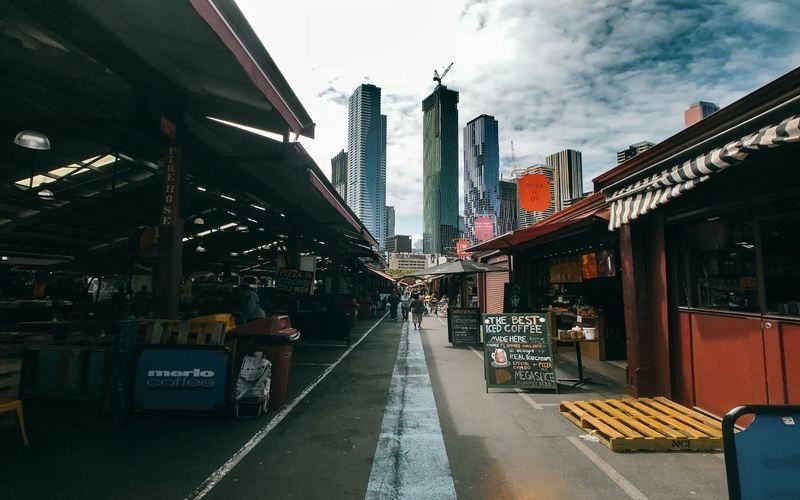This continues a gradual trend of growth slowing after the equivalent 11.8% increase in February.
Both discretionary (up 2.2%) and non discretionary spending growth (up 13.9%) decreased compared to February.
Expenditure on hotels, cafes and restaurants (up 22.8%) and transport (up 16%) were the primary growth drivers.
Robert Ewing, ABS head of business indicators, reminded us that household spending is calculated in current prices, so high cost of goods can inflate spending growth.
"Rising prices are contributing to this growth. The March quarter Consumer Price Index showed service price inflation rose 6.1%, its largest rise since 2001, and goods price inflation rose 7.6%," Mr Ewing said.
The Commonwealth Bank also today released its Household Spending Index for April, which recorded annual growth of 3.7% and a 4.3% drop from March to April, although attributed the drop to the Easter and ANZAC day public holidays.
Supply chain and stock issues easing helped fuel spending on motor vehicles, up by 5.3%.
"We continue to expect the lagged effect of higher interest rates to see household spending weaken as the year progresses," CBA economists said.
NAB transaction data also showed a pullback over the month, but attributed the falls to the normalisation of post-Covid travel prices and other spending areas.
State by state breakdown
Household spending rose in all states and territories comparing March '22 and '23 according to CBA's index.
The ACT (up 12.6%) and Western Australia (up 11.7%) recorded double digit growth, with WA seeing particularly strong increases to transport (up 30.4%) and hospitality spending (up 24.2%).
Every state recorded moderately less annual growth than in February, with NSW (up 11.5% in February and 7.7% in March) and Queensland (up 12.7% in February and 7% in March) seeing the most significant slowdown.
The outlook for June
Inflation continues to slowly ease, while the ABS also revealed today that the March quarter saw retail sales volumes fall by 0.6%, the second successive quarterly drop.
According to Ben Dorber, ABS head of retail statistics, this is the largest fall in retail sales volumes since the September quarter 2009.
Commonwealth Bank Chief Economist Stephen Halmarick believes today's figures lend credence to the bank's prediction that 3.85% will be the highest the cash rate will reach.
“Spending activity continues to moderate in response to the increased cost of living, with annual spending growth falling to 3.7 per cent in April from a peak of 15.2 per cent in August 2022 and well below the rate of inflation at 7 per cent," Mr Halmarick said.
“We believe this latest increase will mark the peak in the cash rate, and that the RBA will commence interest rates cuts later this calendar year as inflation starts to trend downwards towards the Reserve Bank’s 2-3 per cent target range."
Picture by Karolina Grabowski on Pexels

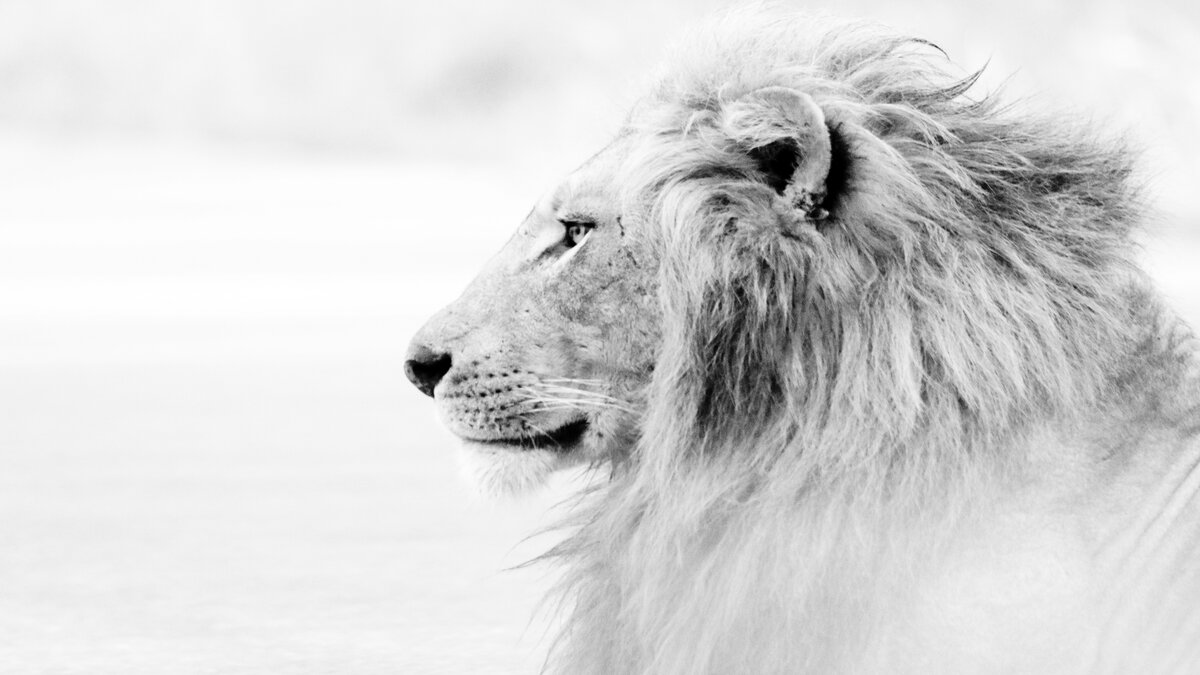
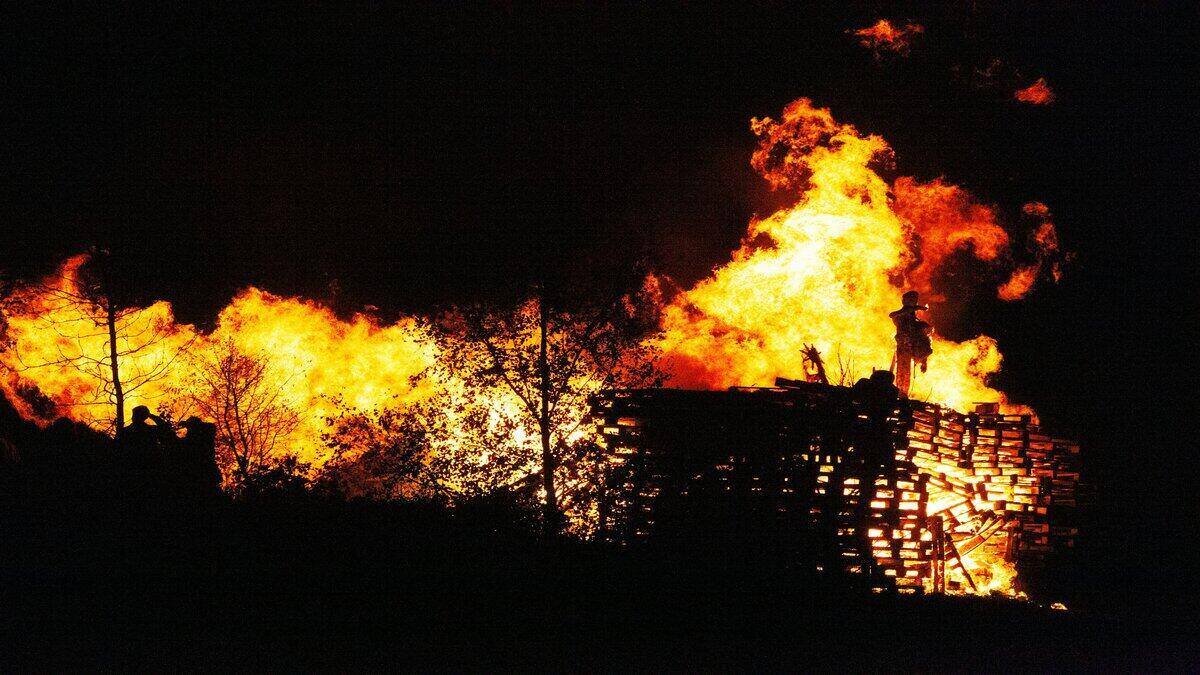
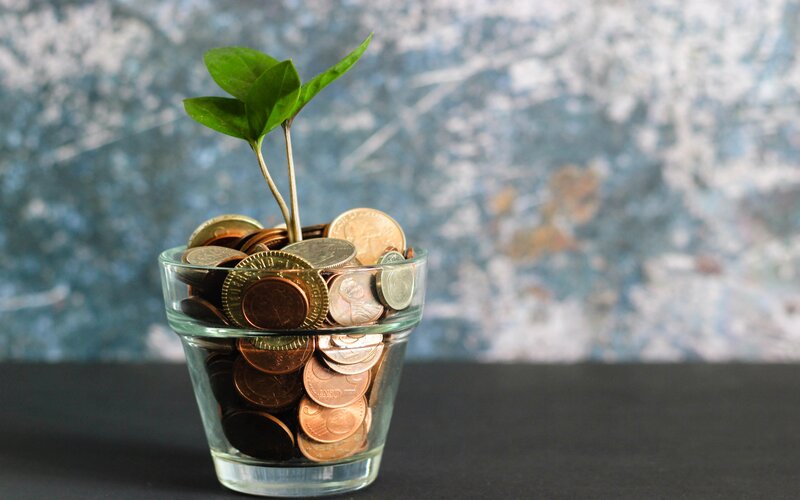
 Rachel Horan
Rachel Horan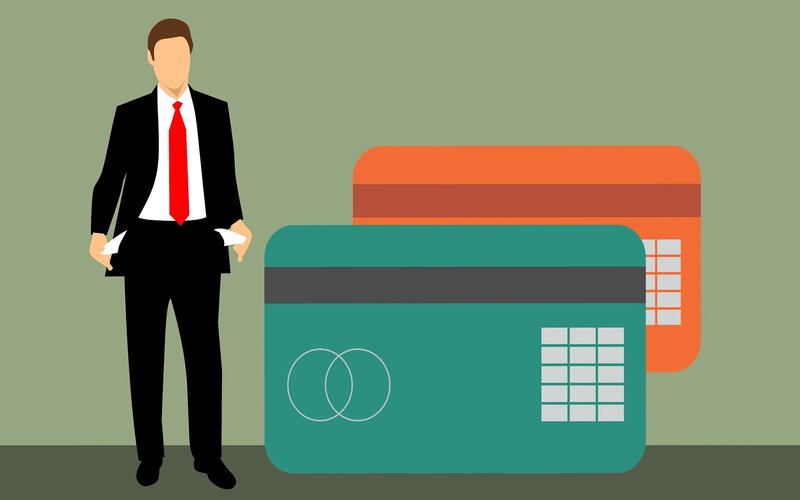
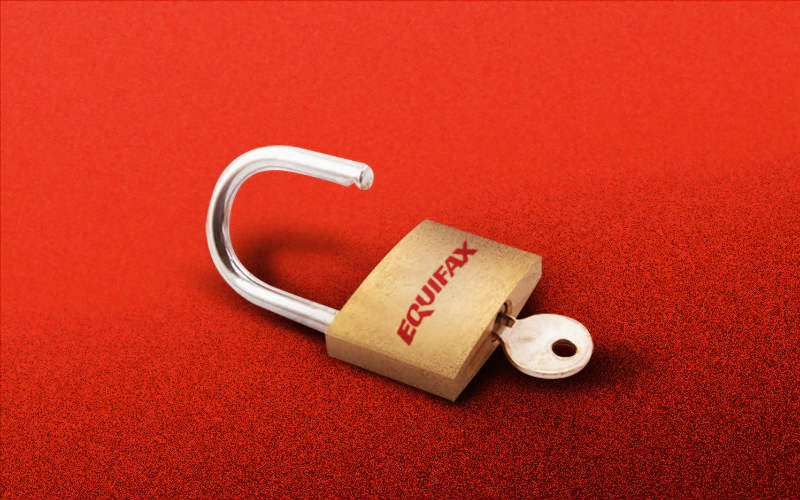
 Emma Duffy
Emma Duffy

